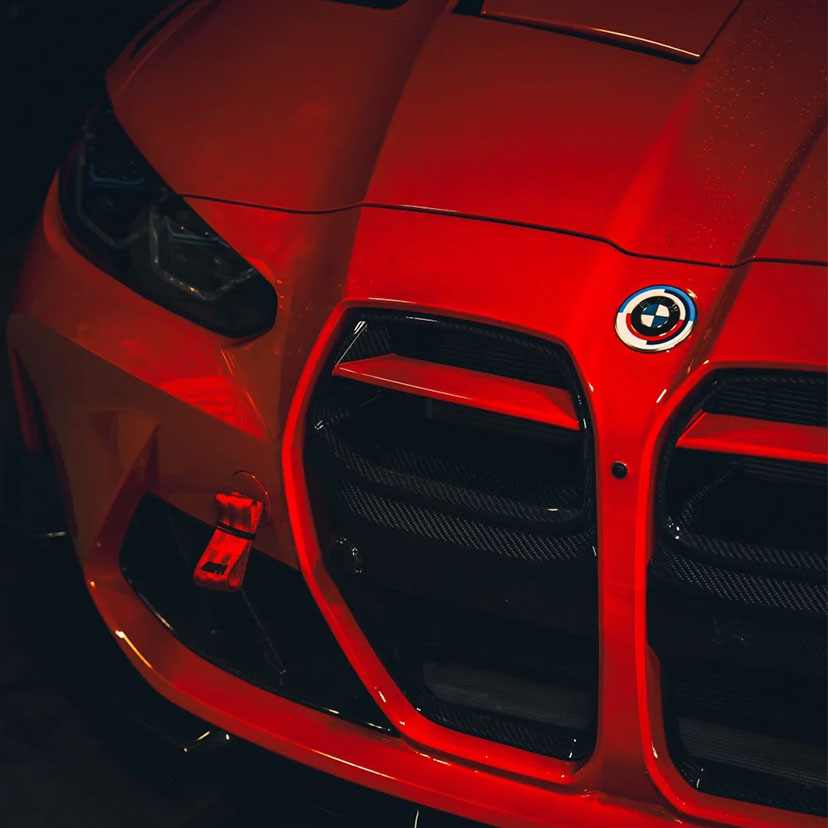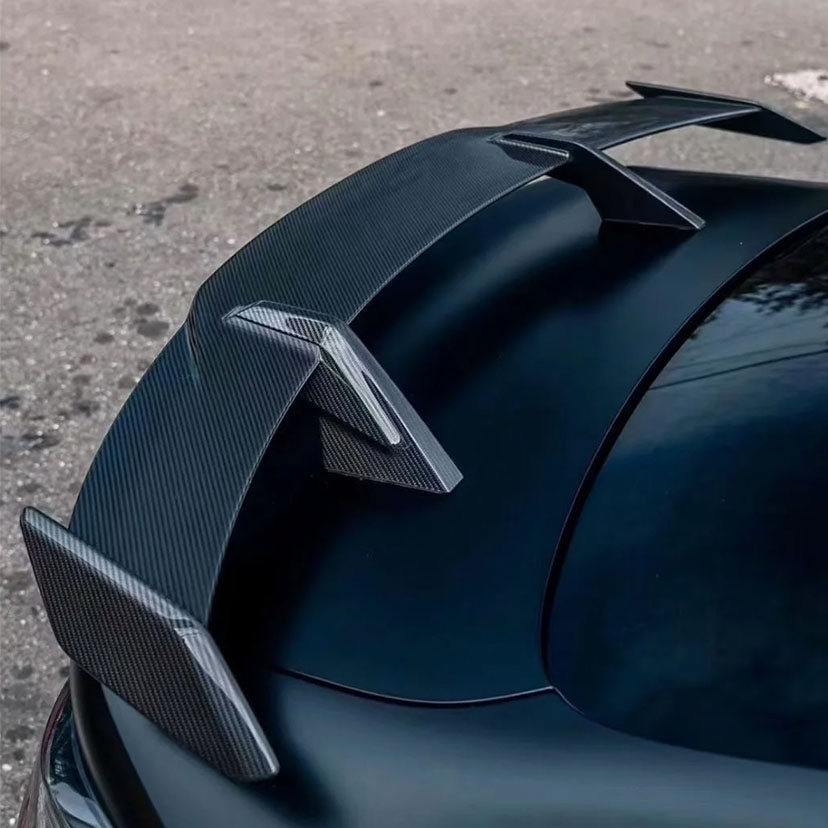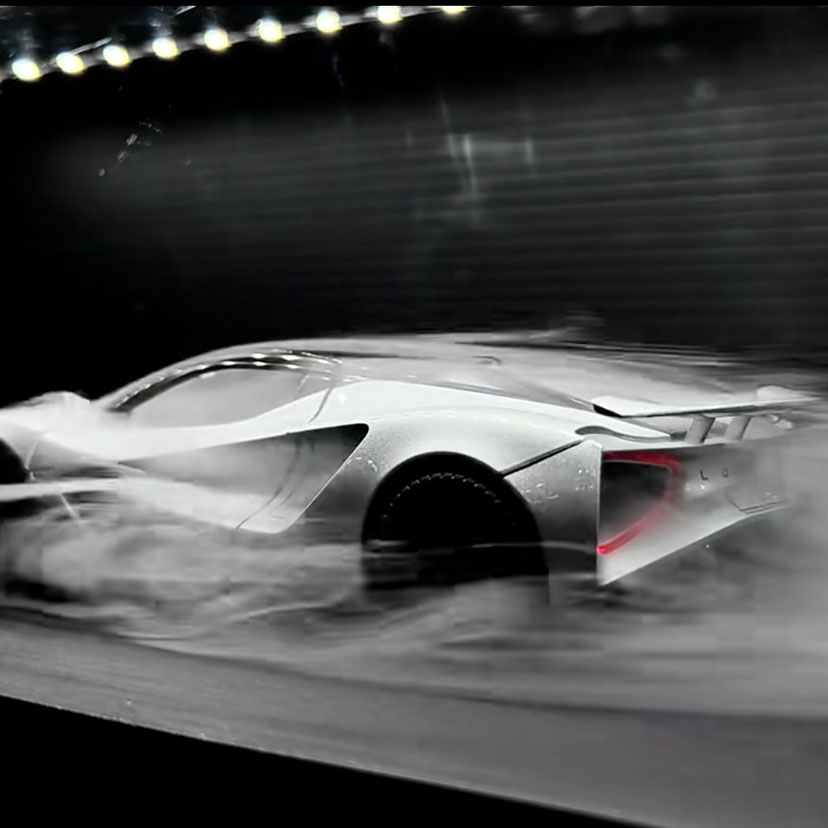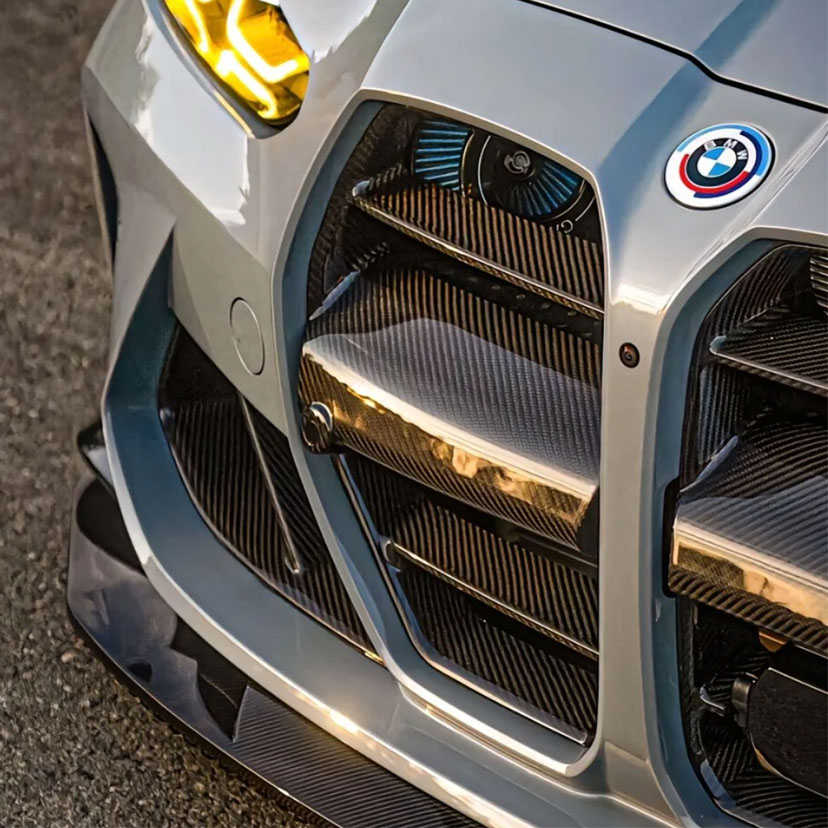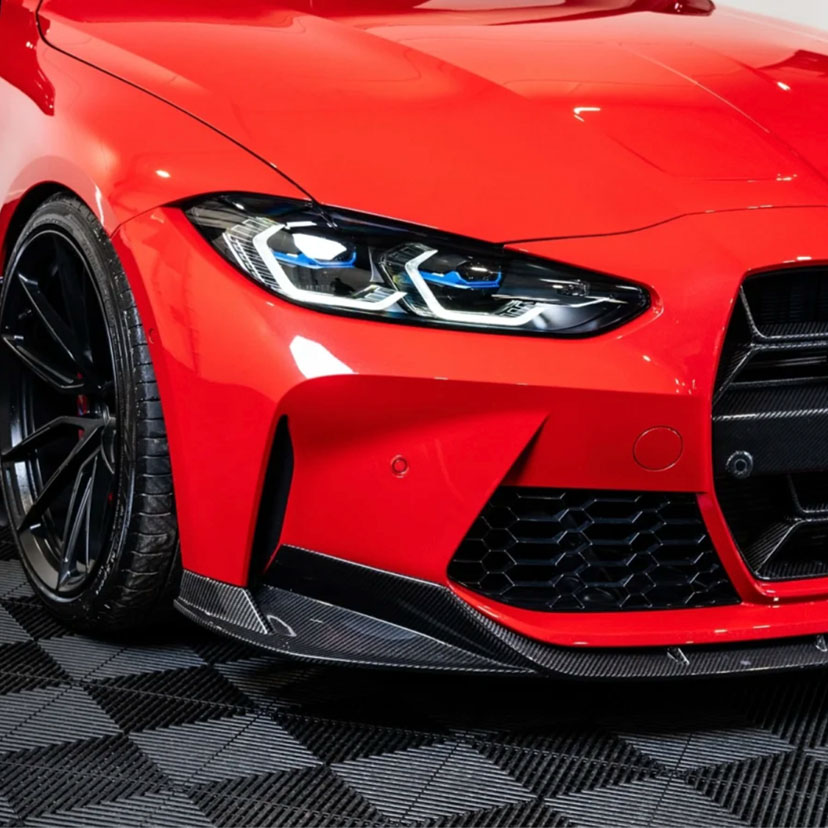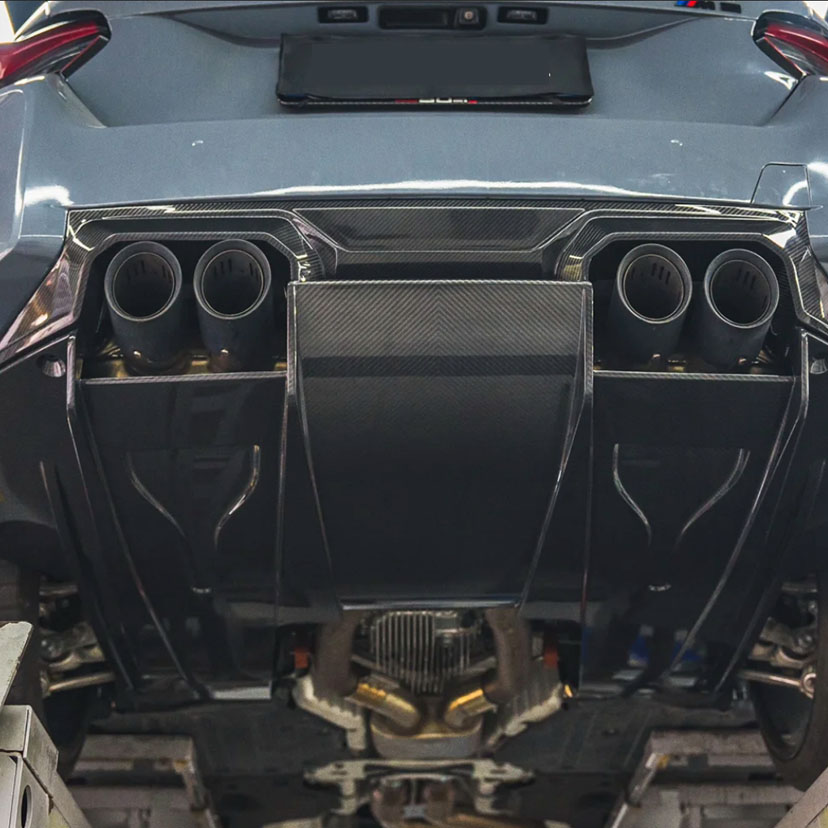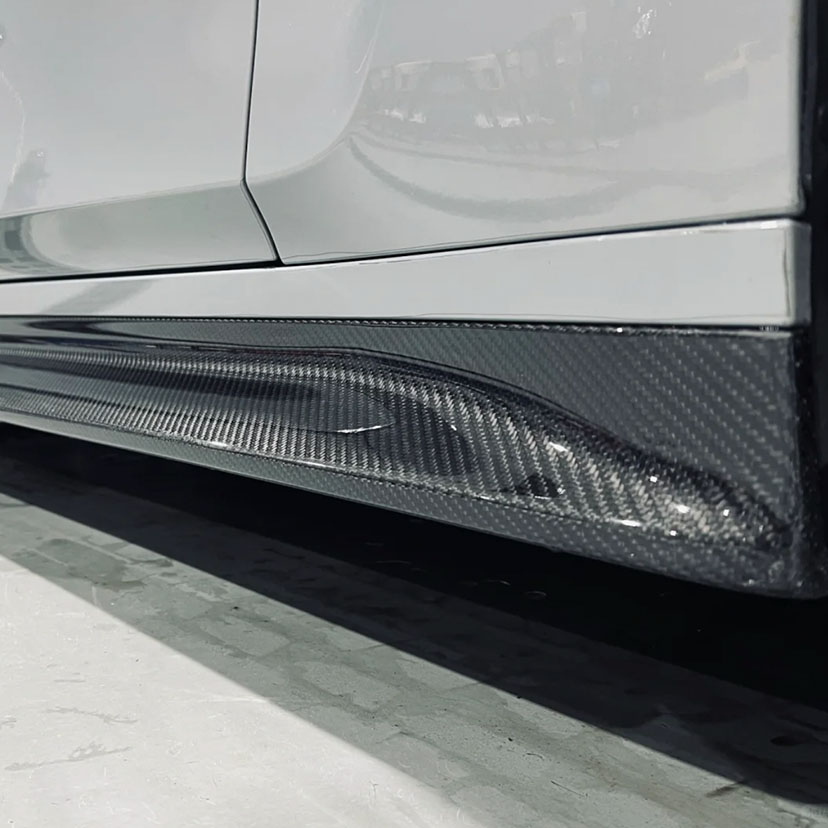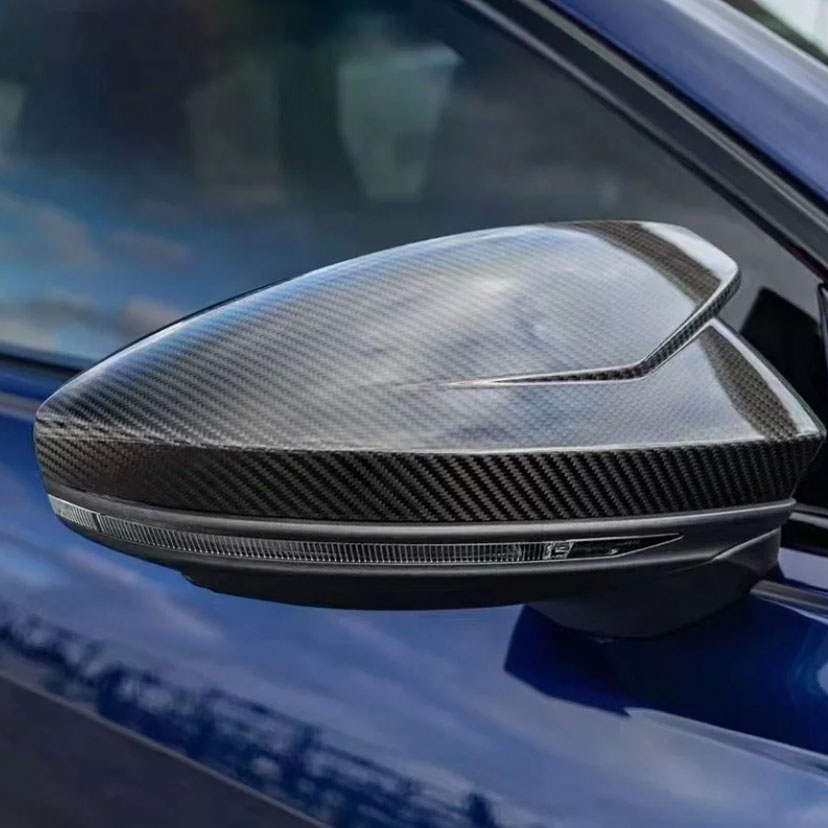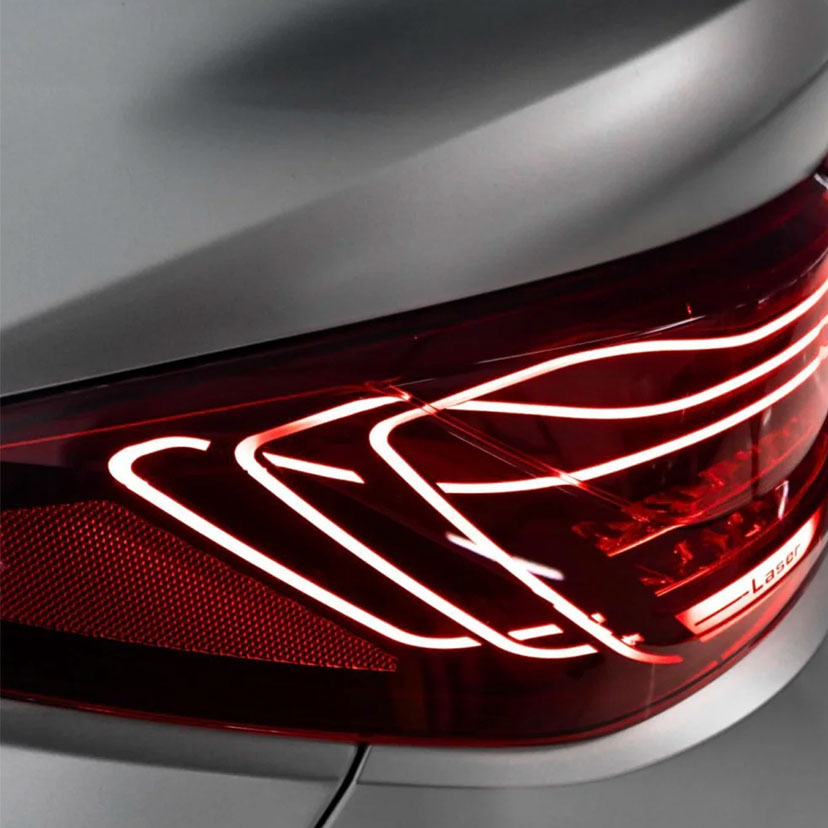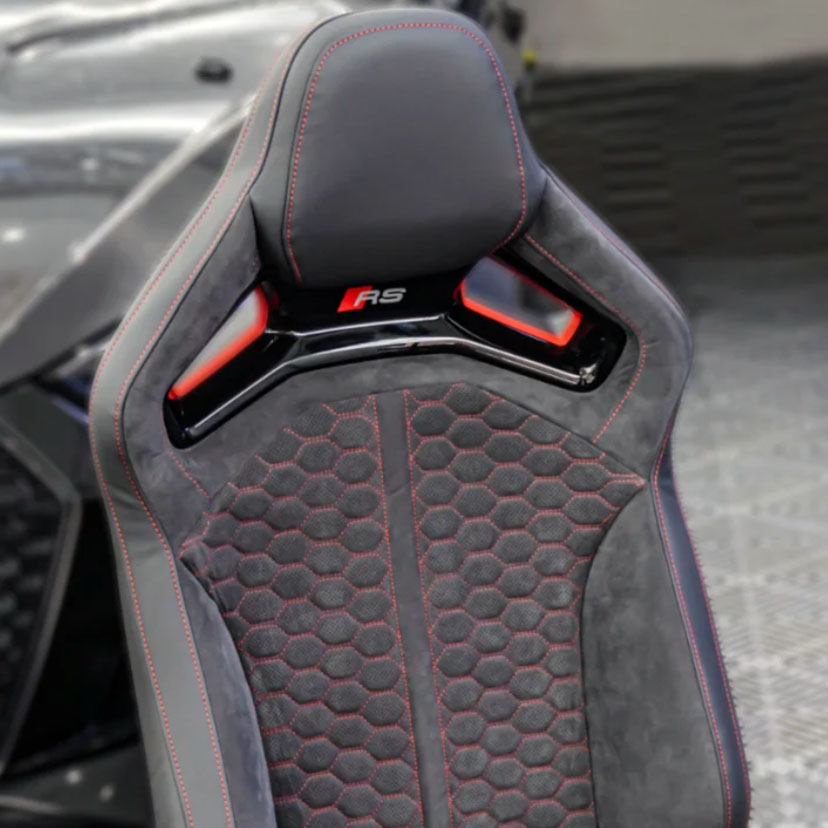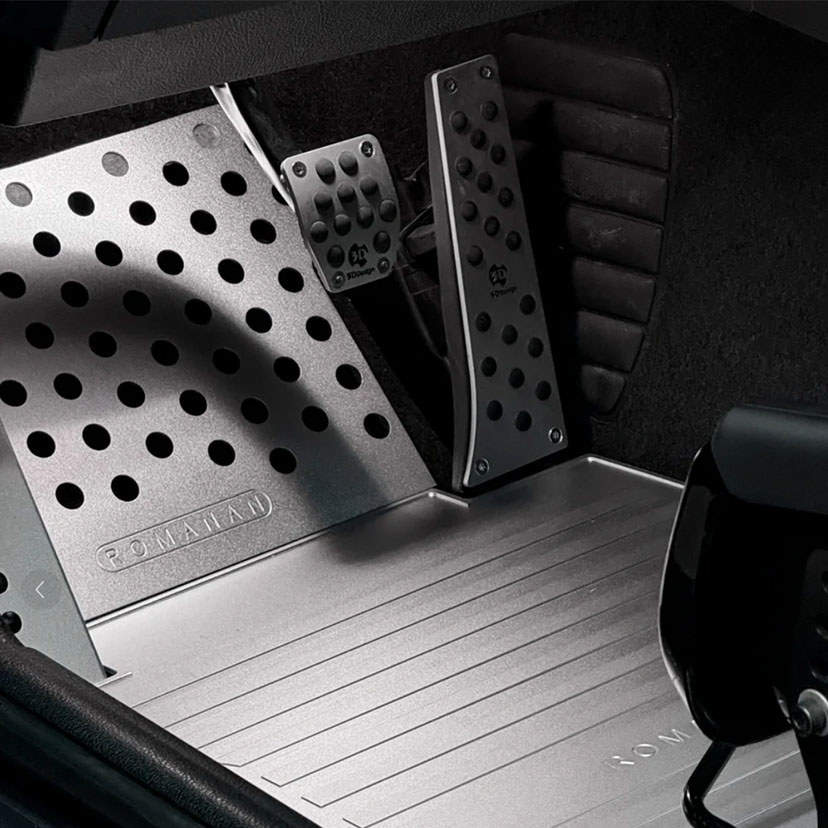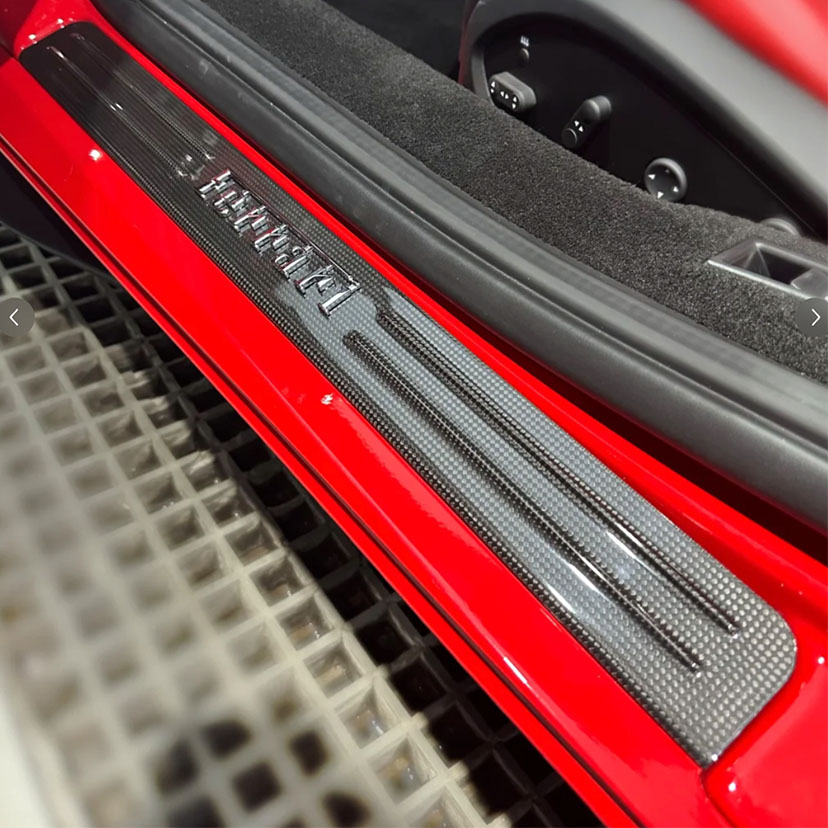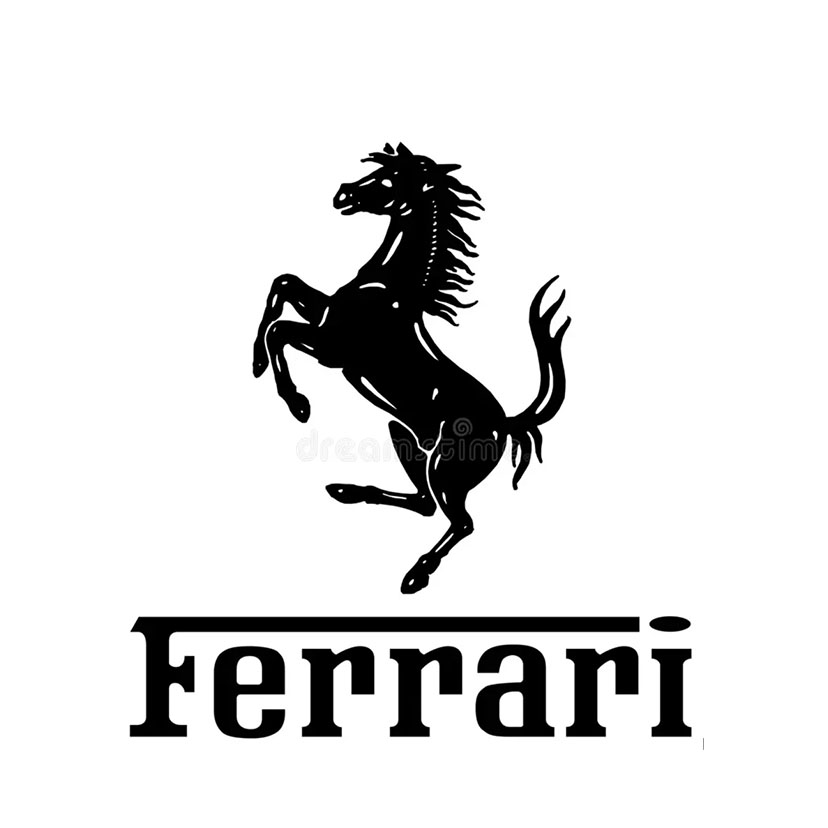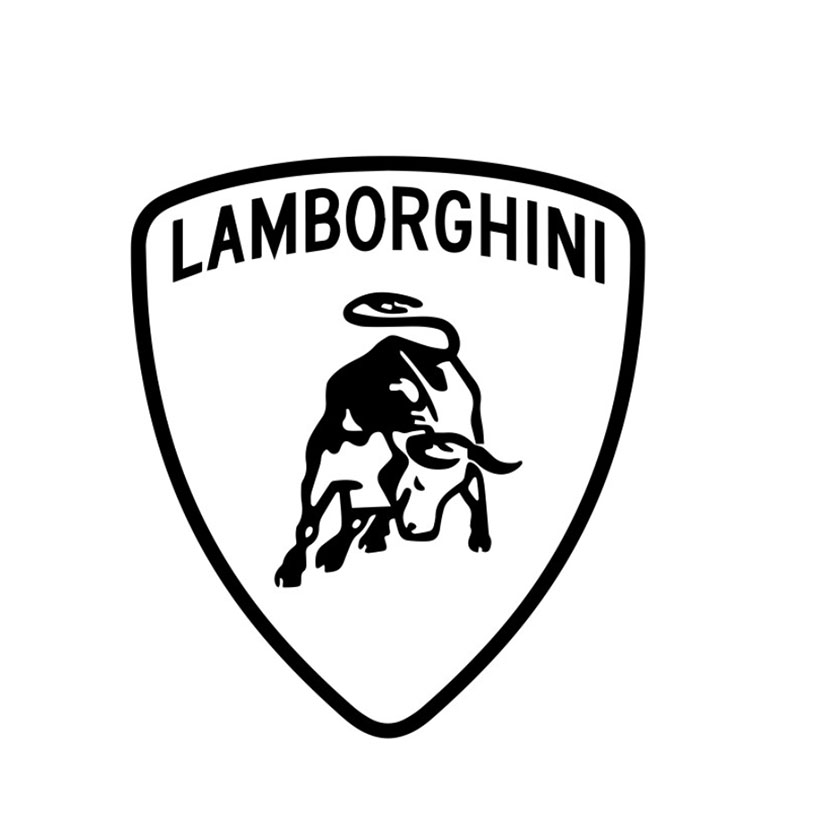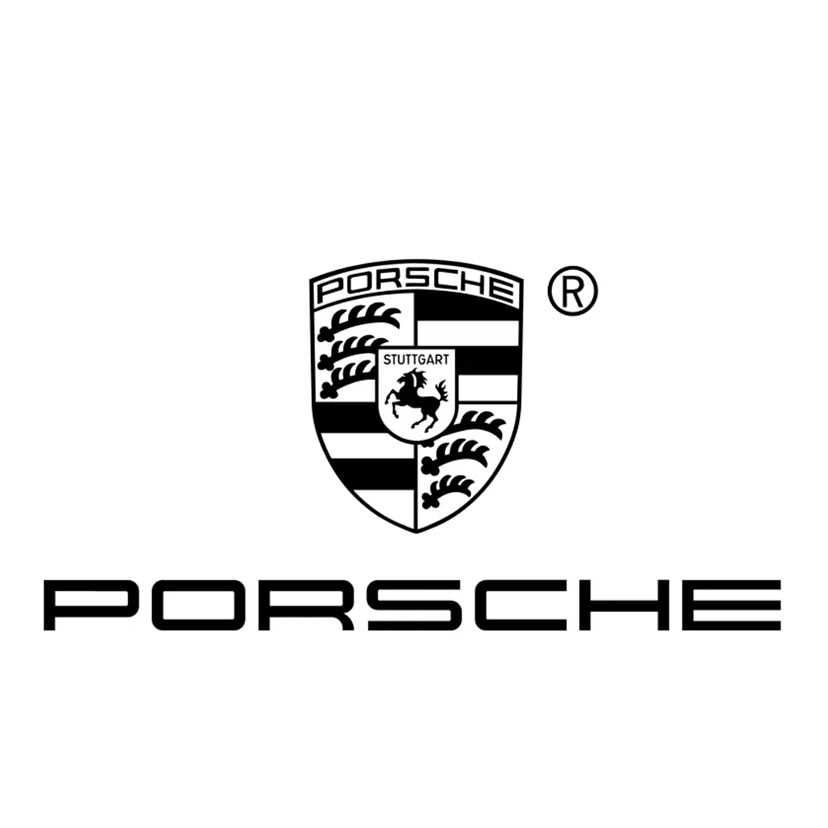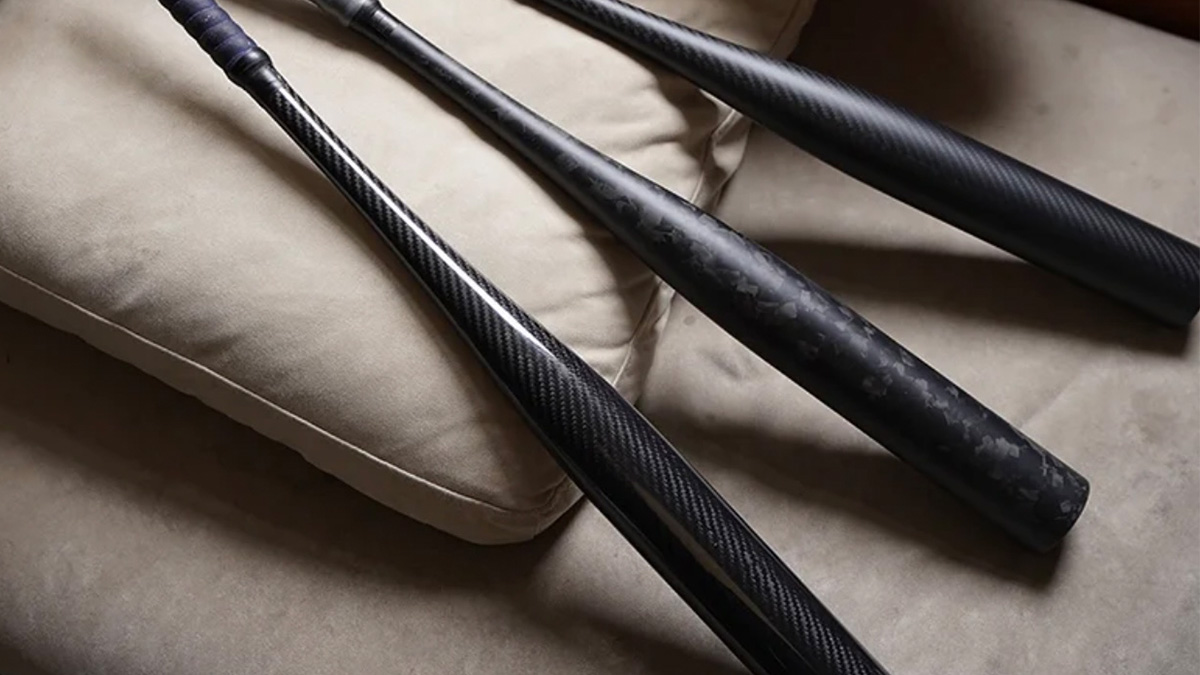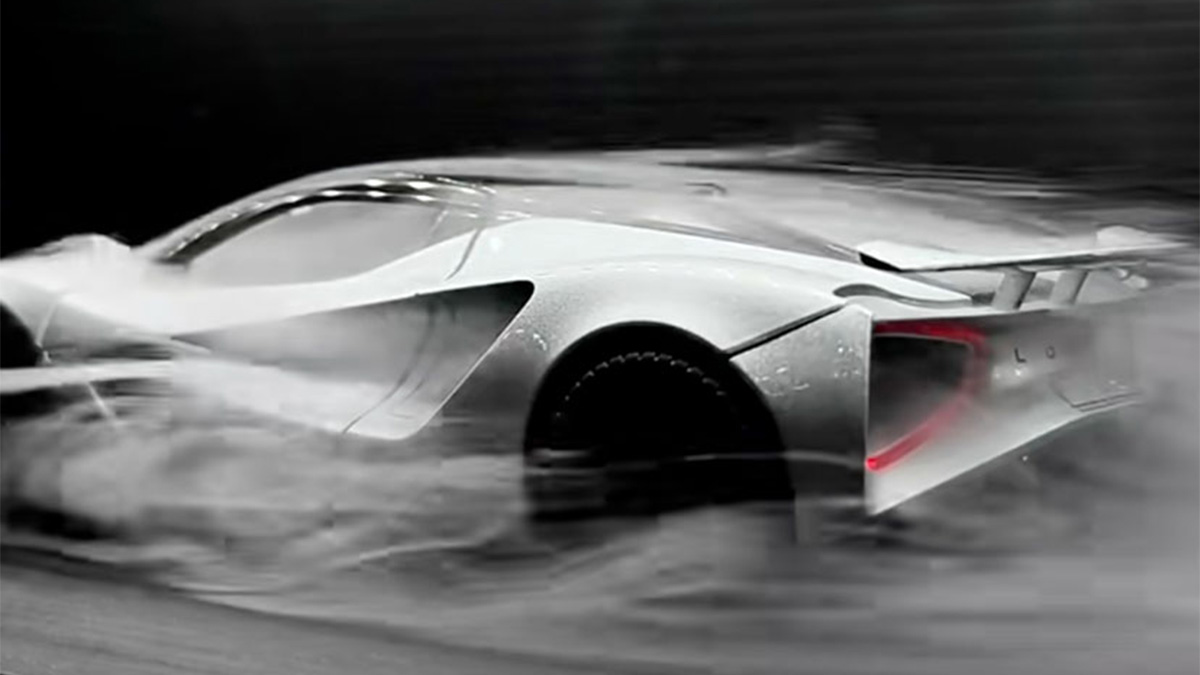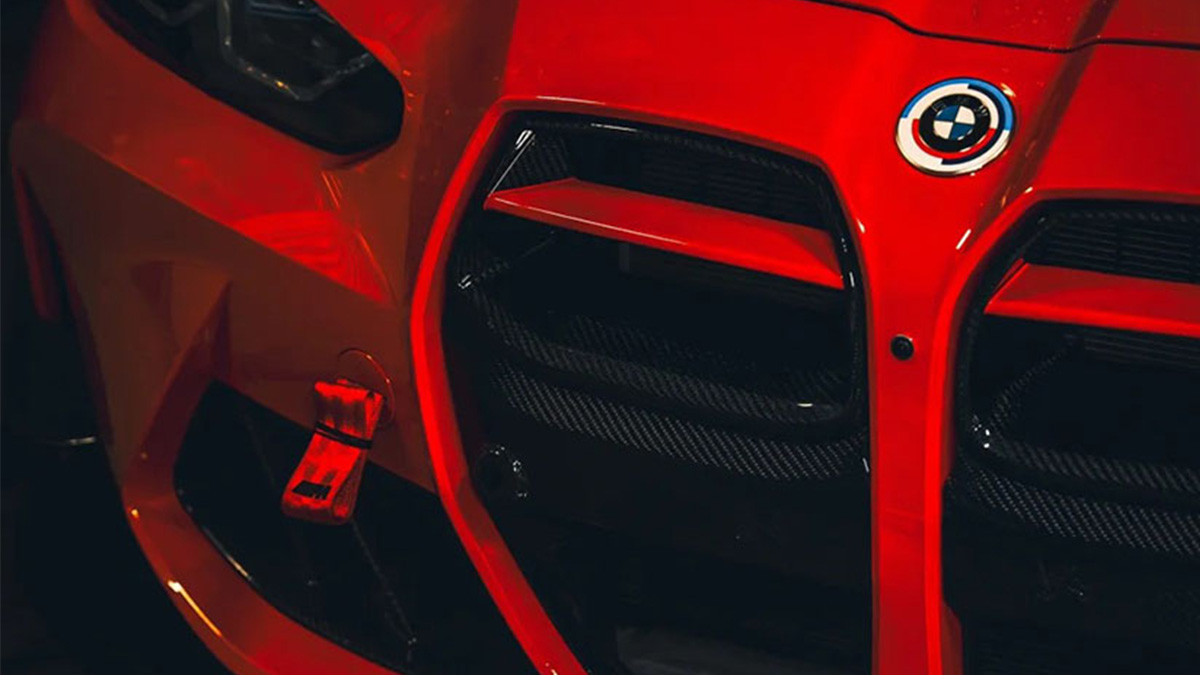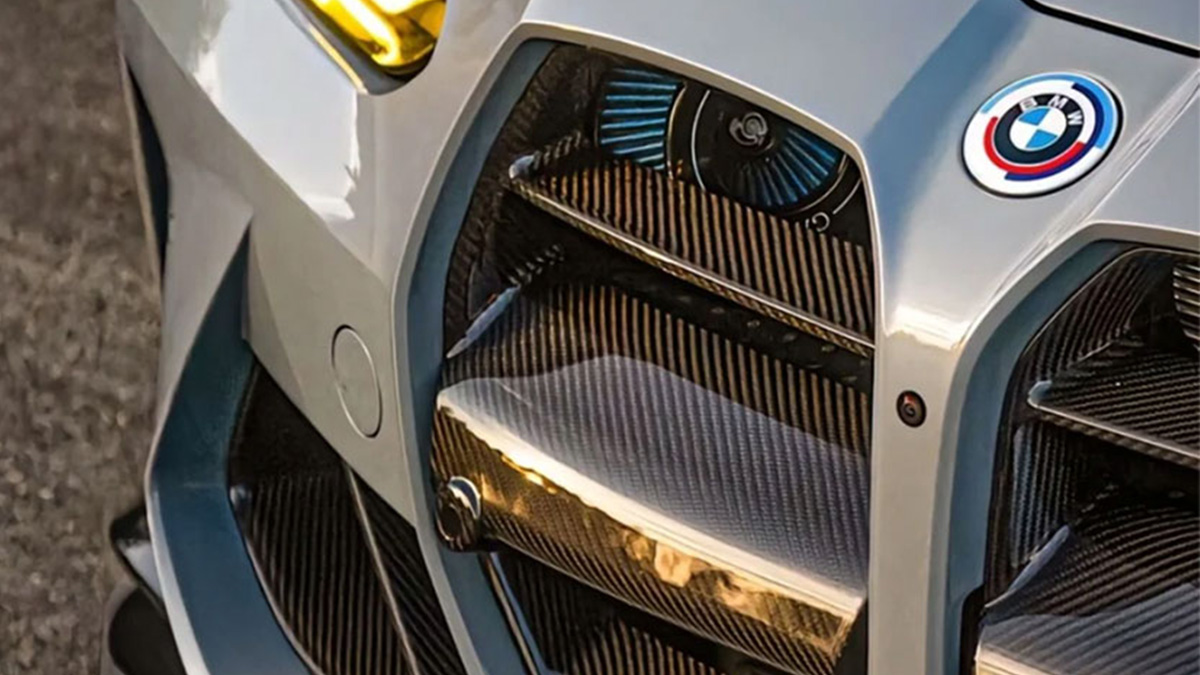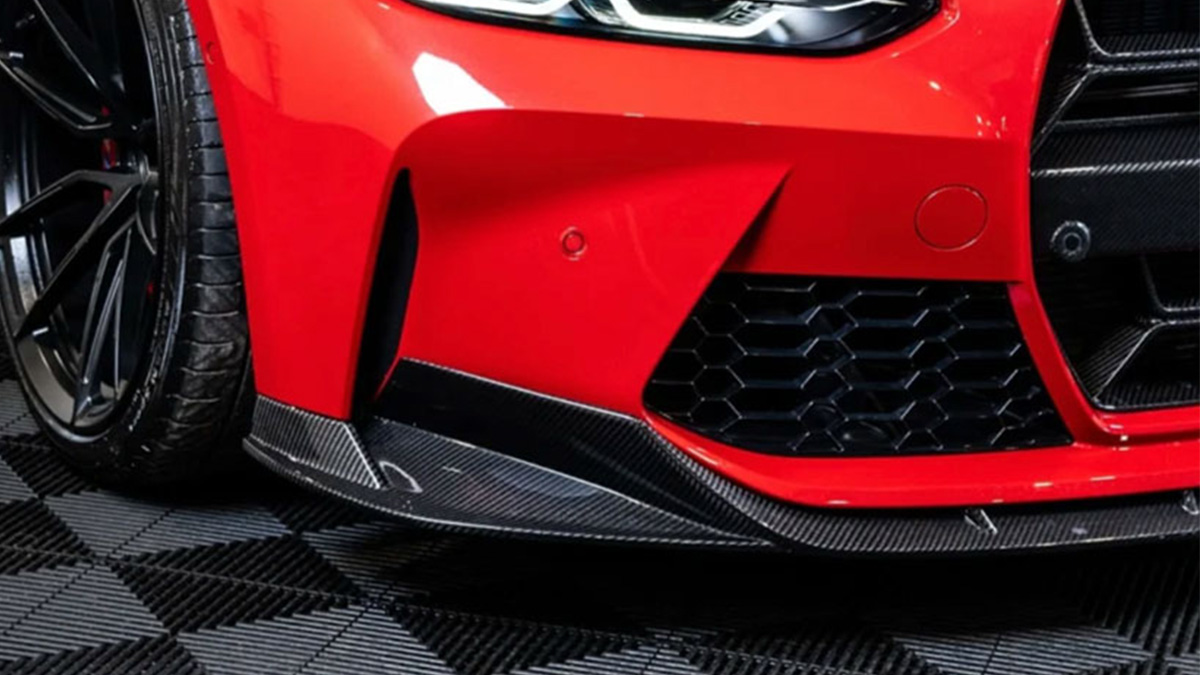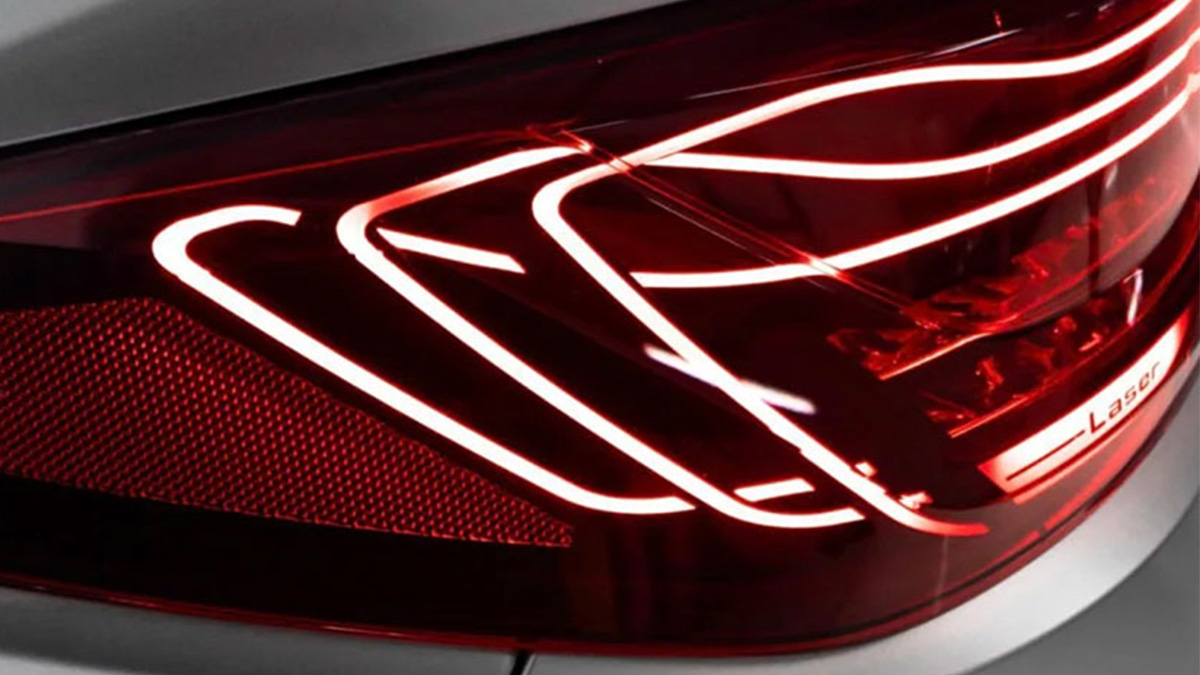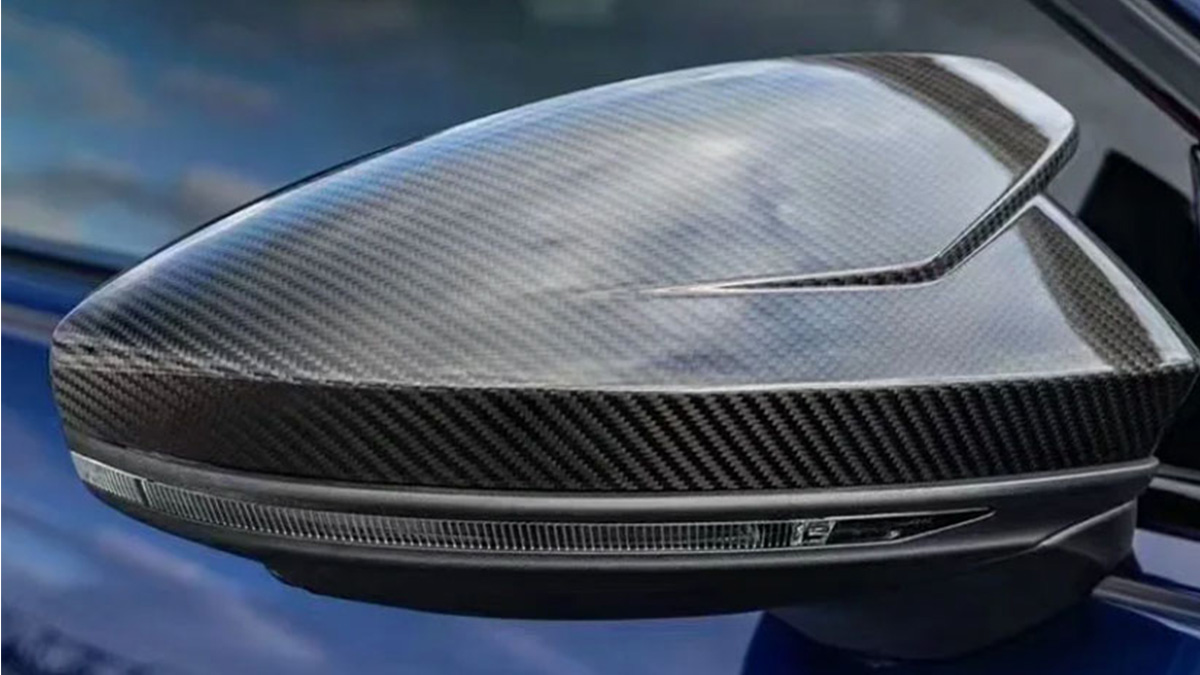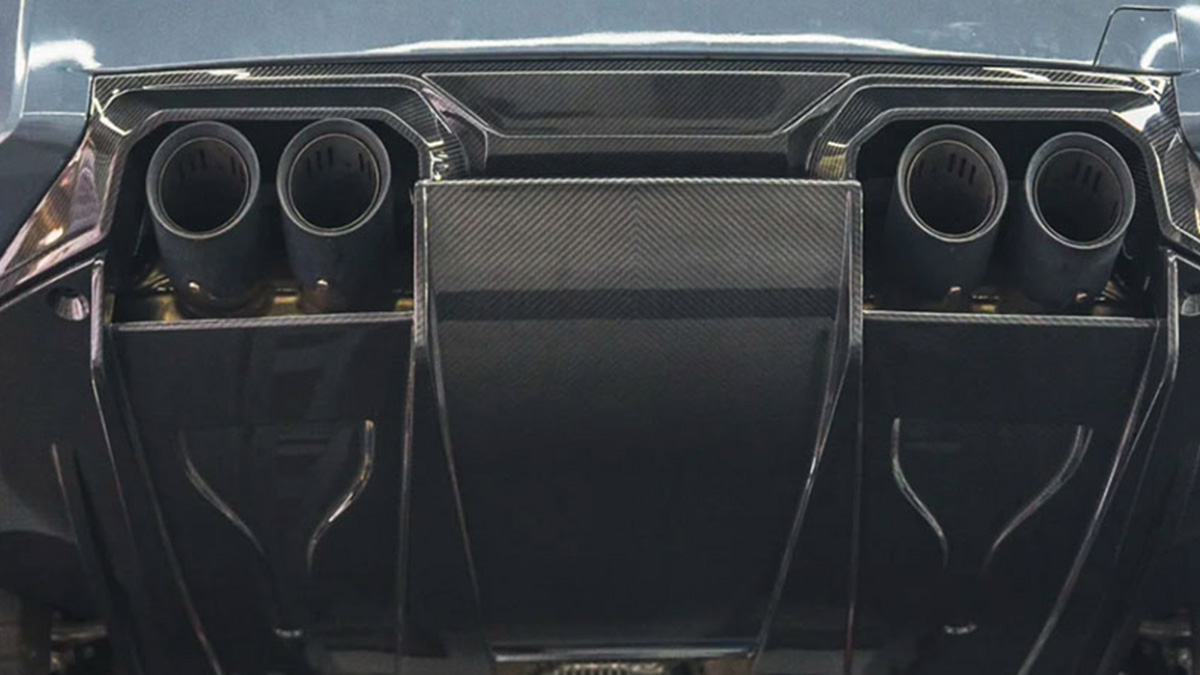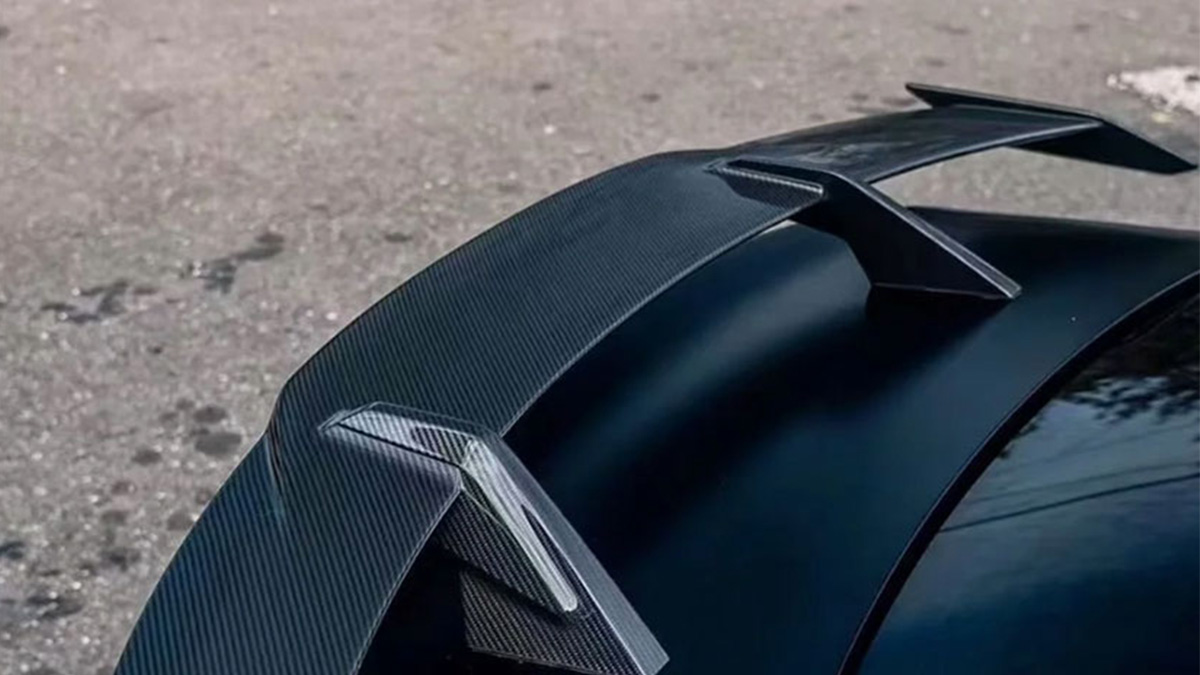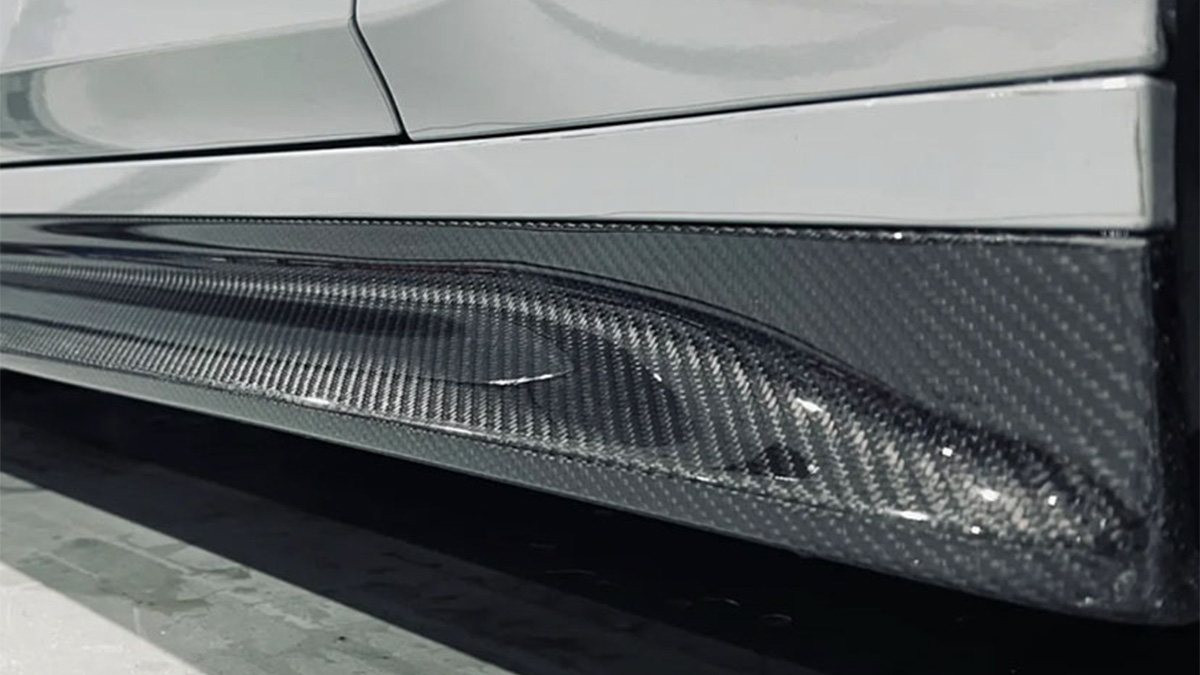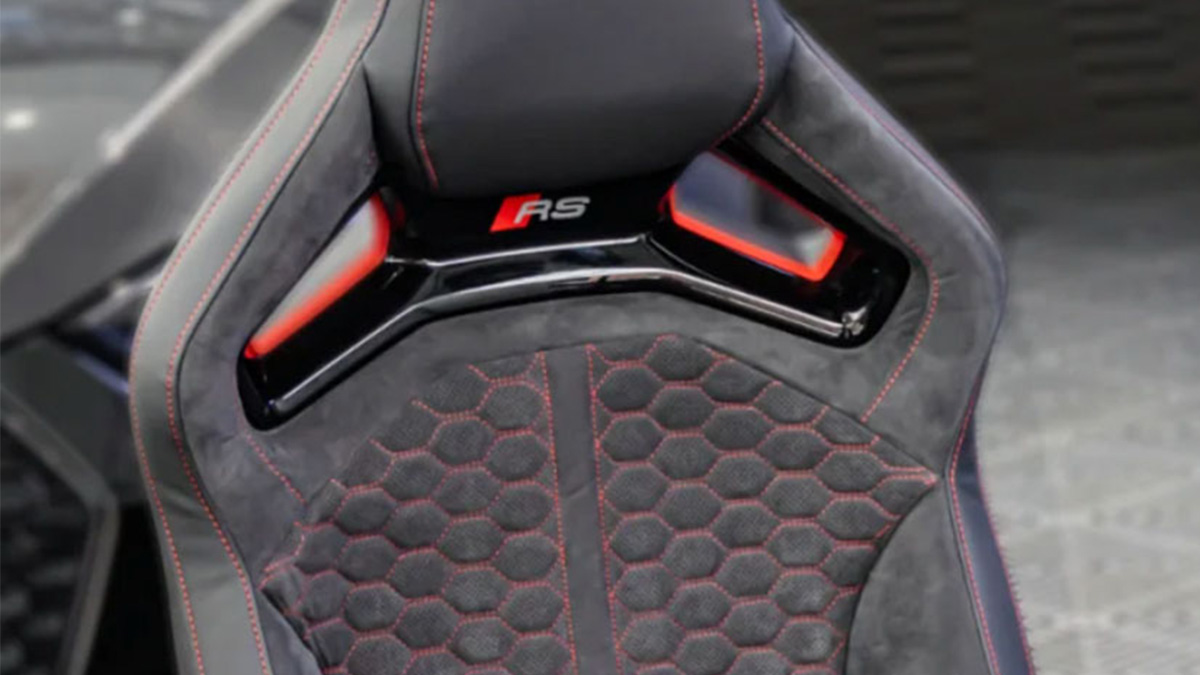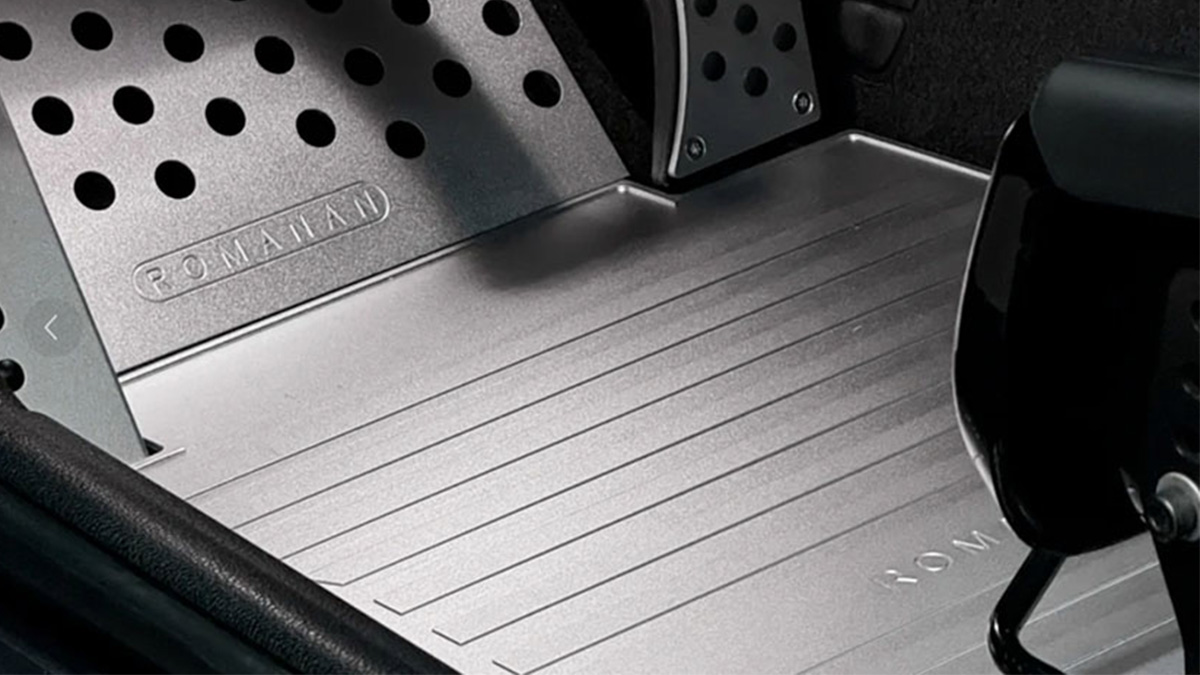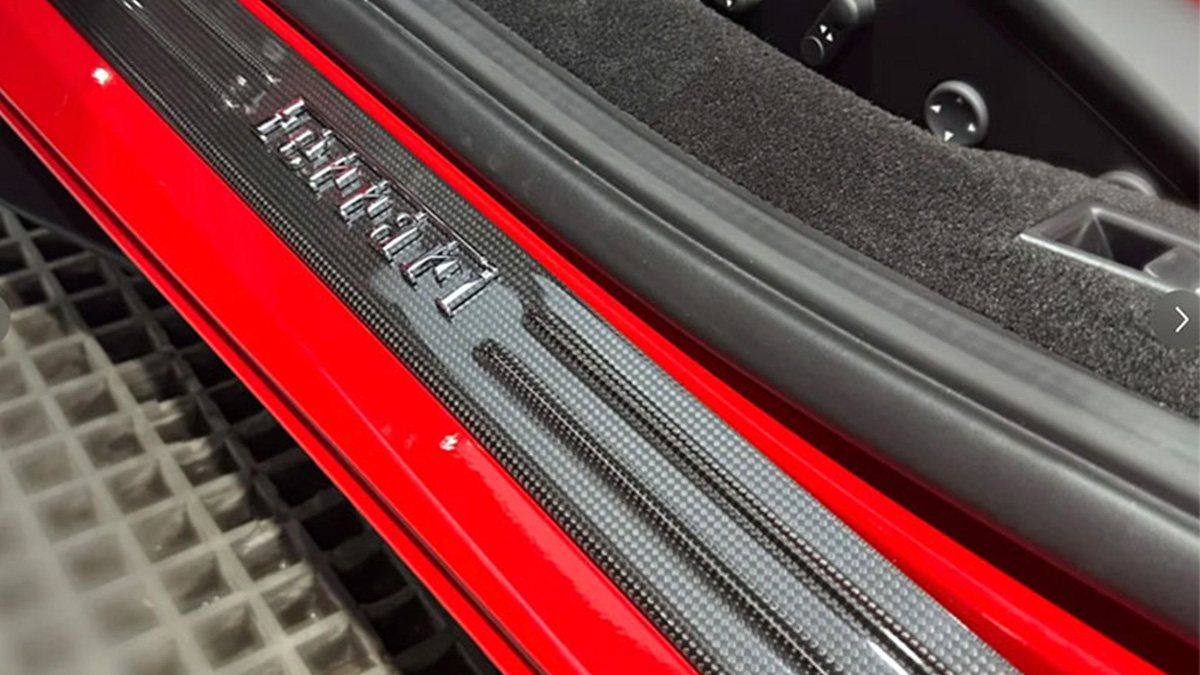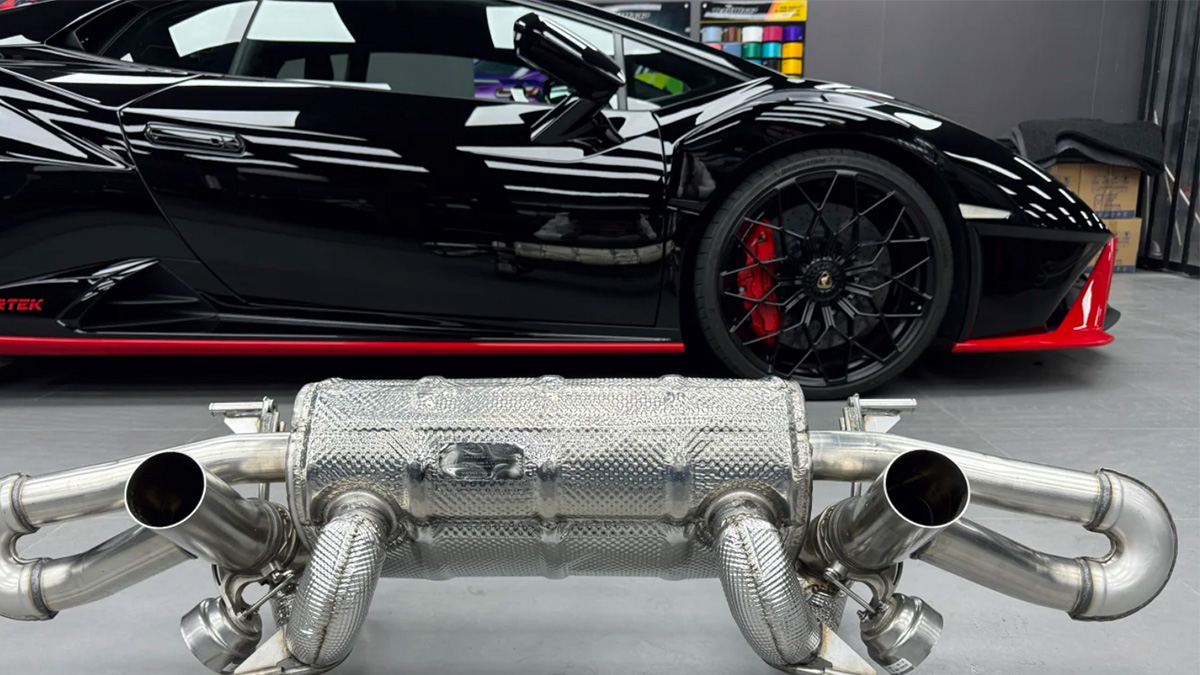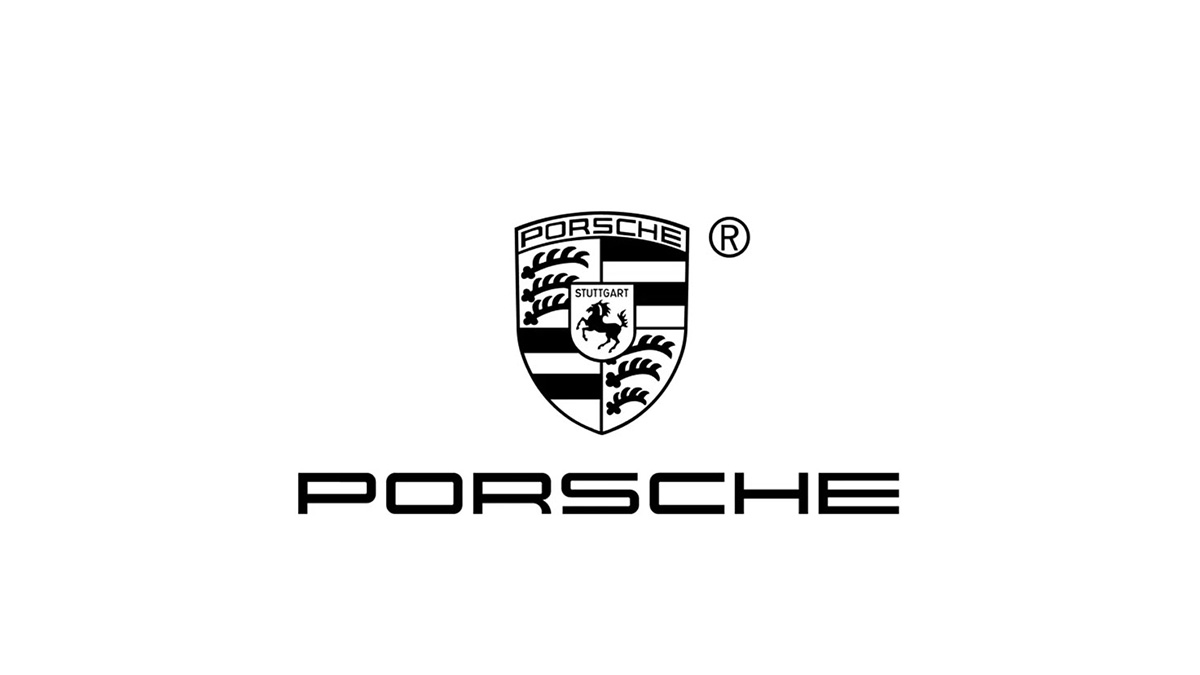Porsche’s Formula 1 Legacy and Its Influence on Modern Motorsport
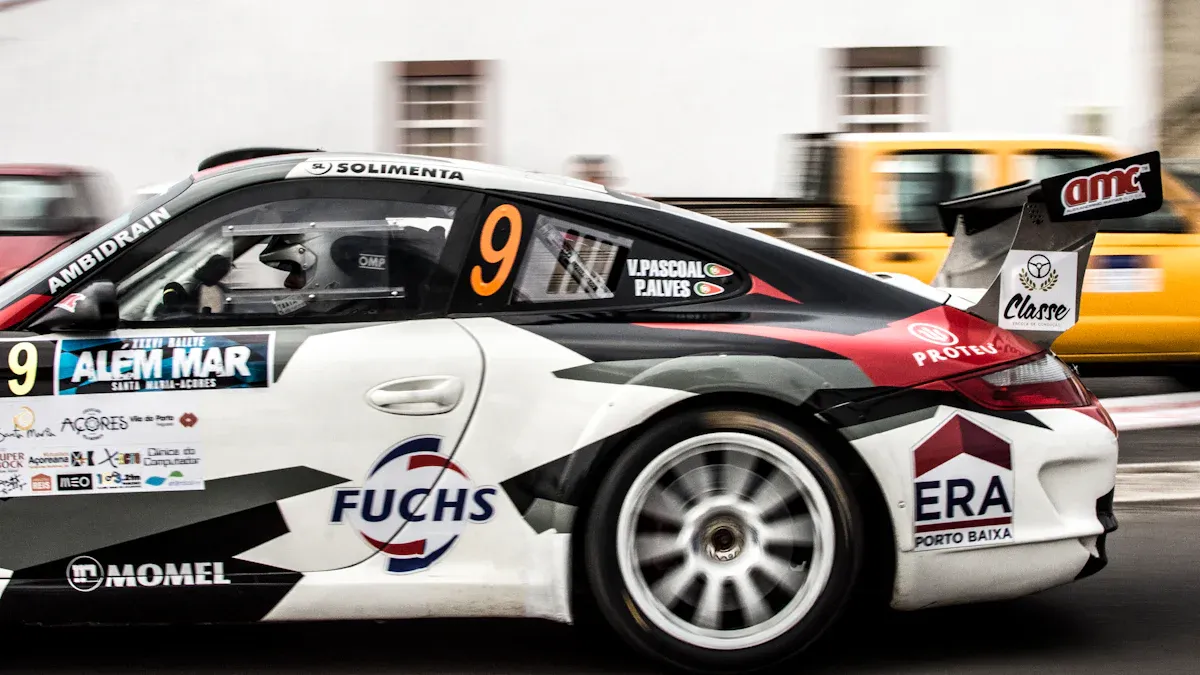
Porsche’s journey in Formula 1 has left a lasting mark on motorsport history. The story of Porsche Formula 1 began in 1957 when the brand entered the German Grand Prix with the 550 RS Spyder. Over the years, iconic moments like the 1962 French Grand Prix victory and the championship-winning collaboration with McLaren in the 1980s highlighted Porsche Formula 1’s engineering excellence. These accomplishments not only defined its legacy in the sport but also contributed to advancements in modern technologies. For example, innovations in hybrid systems and sustainable fuels owe much to Porsche Formula 1’s groundbreaking developments. Today, these achievements continue to shape both motorsport and everyday vehicles.
Key Takeaways
Porsche joined Formula 1 in 1961 with the 718 car. This was a big moment in its racing history, showing its engineering skills even with early struggles.
In 1962, Porsche won the French Grand Prix with the 804 car. This win proved Porsche could compete and create new ideas in racing.
In the 1980s, Porsche worked with McLaren to make the TAG-Porsche engine. This engine was very successful and changed how engines were designed.
Porsche’s Formula 1 ideas, like hybrid systems and eco-friendly fuels, still help modern cars and racing today.
Porsche’s racing history goes beyond Formula 1. It also affects endurance racing and inspires young engineers and drivers.
Porsche Formula 1: A Historical Overview
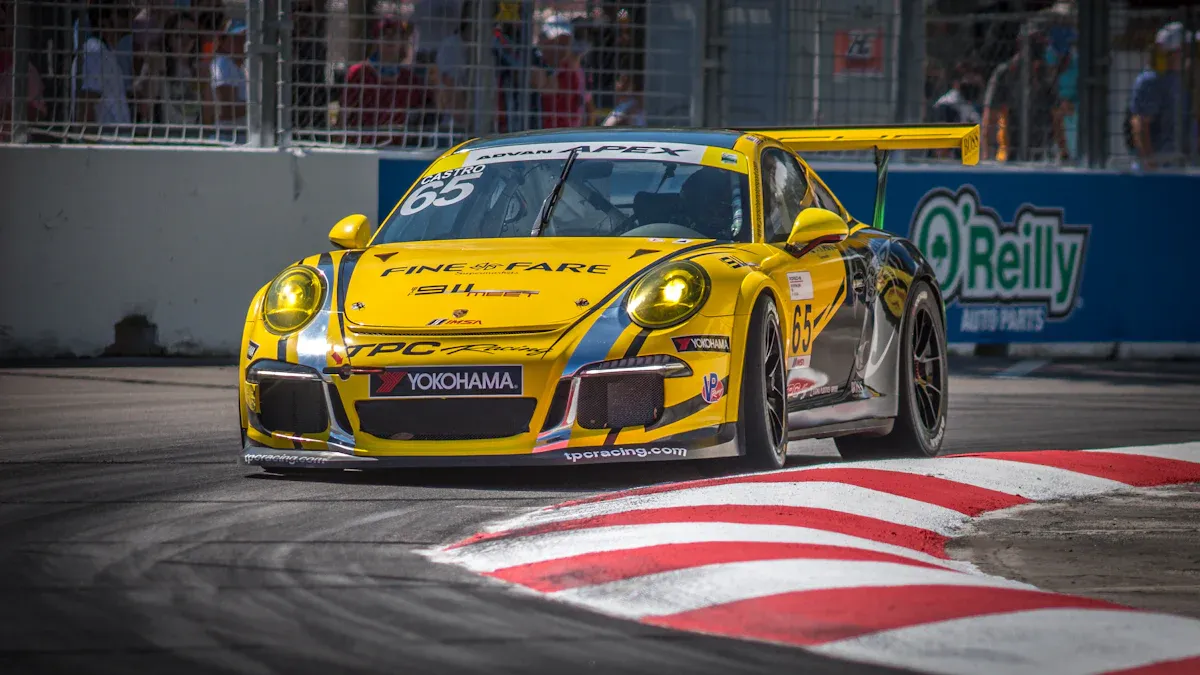
Early Participation and Challenges
The 1961 Porsche 718 and its debut
When Porsche entered Formula 1 in 1961 with the Porsche 718, it marked a bold step into the world of single-seater racing. The car, originally designed for sports car racing, featured a lightweight chassis and a four-cylinder engine. You might find it fascinating that this debut showcased Porsche’s engineering prowess, even though the car struggled to compete against more powerful rivals. Despite its limitations, the 718 laid the groundwork for Porsche’s future in Formula 1.
Challenges during Porsche’s initial Formula 1 journey
Porsche faced several hurdles during its early Formula 1 journey. The 718’s underpowered engine often left it trailing behind competitors. Reliability issues also plagued the team, leading to frequent retirements. These challenges highlighted the steep learning curve of competing in Formula 1, but they also pushed Porsche to innovate and improve.
The 1962 Breakthrough with the Porsche 804
Dan Gurney’s victory at the French Grand Prix
In 1962, Porsche introduced the 804, a purpose-built Formula 1 car. This marked a turning point in Porsche Formula 1 history. The car featured an air-cooled flat-eight engine, which was a significant technological leap. At the French Grand Prix, Dan Gurney drove the 804 to victory, securing Porsche’s first and only Formula 1 win as a constructor. This achievement demonstrated Porsche’s ability to compete at the highest level of motorsport.
Porsche’s decision to withdraw from Formula 1
Despite the success of the 804, Porsche decided to withdraw from Formula 1 at the end of the 1962 season. Several factors influenced this decision:
Performance challenges and reliability issues with the engine led to a series of retirements.
Rising costs associated with competing in Formula 1 made participation less viable.
The departure of key personnel and a strategic shift towards other racing categories influenced the decision to withdraw.
This withdrawal allowed Porsche to focus on other forms of racing, where it would achieve legendary status.
Porsche as an Engine Supplier
The TAG-Porsche engine and its success with McLaren
Porsche returned to Formula 1 in the 1980s, not as a constructor but as an engine supplier. The TAG-Porsche engine, developed in collaboration with McLaren, became a dominant force. Its advanced design, including the Bosch Motronic engine management system, provided superior fuel efficiency. This advantage proved crucial after the ban on refueling. The engine powered McLaren to 12 wins out of 16 races in 1984, showcasing its reliability and performance.
Key milestones in the 1980s Formula 1 era
The TAG-Porsche engine achieved remarkable milestones during its tenure in Formula 1:
Year | Achievements | Details |
|---|---|---|
1984 | Dominated the season | McLaren won 12 out of 16 races, securing both championships. |
1984 | Driver’s Championship | Niki Lauda won his third title by half a point. |
1985 | Best engine of the season | Despite reliability issues, TAG-Porsche remained competitive. |
1986 | Third Driver’s Championship | Alain Prost contended fiercely against strong rivals, showcasing engine performance. |
These achievements cemented Porsche’s reputation as a leader in motorsport engineering.
Porsche’s Technological Contributions to Formula 1
Innovations in Engine Design
The air-cooled flat-eight engine
Porsche’s air-cooled flat-eight engine, introduced with the Porsche 804 in 1962, showcased the brand’s innovative spirit. This engine was compact and lightweight, designed to improve balance and handling during races. Its air-cooled design eliminated the need for a heavy radiator, which gave the car a competitive edge in terms of weight distribution. While it faced reliability challenges, the flat-eight engine demonstrated Porsche’s commitment to pushing technological boundaries in Formula 1.
The TAG-Porsche turbocharged V6 engine
The TAG-Porsche turbocharged V6 engine revolutionized Formula 1 during the 1980s. This water-cooled engine produced nearly 700 horsepower in race conditions and up to 800 horsepower during qualifying. Its standout feature was the Bosch ‘Motronic’ engine management system, which allowed precise fuel monitoring. This innovation became crucial when Formula 1 introduced strict fuel restrictions. The engine’s efficiency and reliability helped McLaren dominate the 1984 season, winning 12 out of 16 races. This success highlighted Porsche’s ability to adapt to changing regulations and set new benchmarks in engine design.
Advancements in Aerodynamics and Chassis Design
Lessons from Formula 1 applied to other motorsport categories
Porsche’s collaboration with McLaren in the 1980s led to significant advancements in aerodynamics and chassis design. The McLaren MP4/2, powered by the TAG-Porsche engine, featured aerodynamic improvements that enhanced its speed and stability. The car also benefited from an optimized suspension system and improved engine cooling. These innovations contributed to McLaren’s dominance in 1984, securing the Constructors’ Championship with 143.5 points. Porsche applied these lessons to other motorsport categories, refining their designs for endurance and GT racing.
Influence on Hybrid and Sustainable Technologies
How Porsche’s Formula 1 experience shaped modern hybrid systems
Porsche’s Formula 1 innovations have had a lasting impact on hybrid and sustainable technologies. The high-power battery systems developed for F1 now enhance the efficiency of plug-in hybrid and electric vehicles. Thermal management and cell chemistry advancements from F1 have also improved charging speeds in consumer vehicles. Additionally, Porsche’s investment in sustainable fuels aligns with the 2026 Formula 1 regulations, which mandate 100% sustainable fuel usage. These contributions reflect how Porsche’s Formula 1 history continues to shape the future of motorsport and everyday driving.
Porsche’s Influence on Motorsport Culture
Impact on Drivers and Teams
Dan Gurney and other legendary drivers
Porsche Formula 1 played a pivotal role in shaping the careers of legendary drivers like Dan Gurney. Gurney’s victory at the 1962 French Grand Prix remains a historic moment. It showcased his exceptional skill and Porsche’s engineering capabilities. You can see how this win cemented Gurney’s reputation as one of the sport’s finest drivers. Beyond Gurney, Porsche’s involvement in F1 provided a platform for other talented drivers to demonstrate their abilities on the global stage. This legacy continues to inspire racers today.
Porsche’s collaborative approach with teams like McLaren
Porsche’s collaboration with McLaren during the 1980s turbo era redefined what partnerships in motorsport could achieve. The TAG-Porsche engine, equipped with the advanced ‘Motronic’ engine management system, gave McLaren a competitive edge. This engine powered McLaren to dominate the 1984 season, winning 12 out of 16 races and securing both the Drivers’ and Constructors’ Championships. The partnership highlighted Porsche’s engineering excellence and reinforced its reputation as a leader in high-performance automotive technology. This collaboration not only shaped Porsche Formula 1’s legacy but also set a benchmark for future team-engine partnerships.
Shaping Racing Culture
Porsche’s reputation for precision and innovation
Porsche’s reputation for precision and innovation has left a lasting mark on the competitive landscape of motorsport. Their engineering excellence has set new benchmarks, pushing competitors to improve their own designs. With over 24,000 race wins across various categories, Porsche’s success speaks volumes about its influence. Continuous advancements in technology, from engine design to aerodynamics, have made Porsche a symbol of excellence in racing.
“Porsche’s involvement in F1 may have been brief, but its impact on modern racing culture is undeniable.”
Influence on the competitive landscape of motorsport
Porsche’s contributions to F1, including innovative chassis designs and engineering methods, have shaped the evolution of modern motorsport. These advancements have influenced generations of racing engineers and designers. Today, Porsche continues to lead in other categories like Formula E and Le Mans, further solidifying its role in shaping the competitive spirit of motorsport. You can see how their legacy inspires both teams and drivers to strive for excellence.
Connecting Formula 1 to Porsche’s Broader Motorsport Legacy
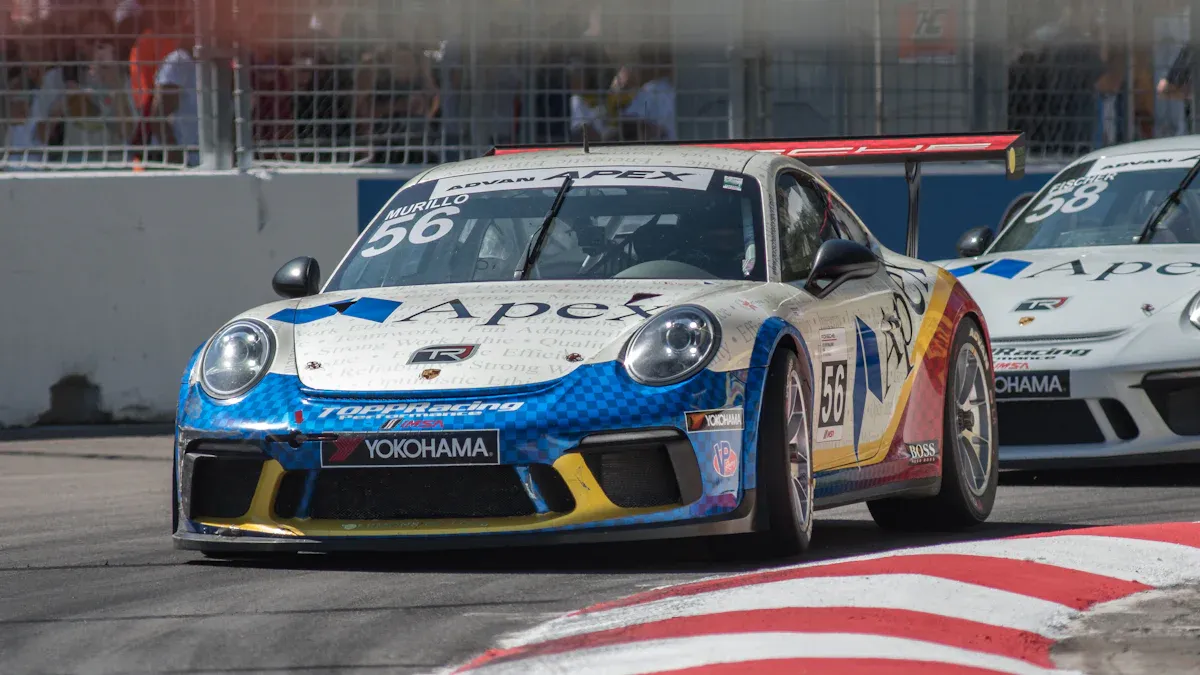
Success in Endurance Racing
Transition from Formula 1 to Le Mans dominance
Porsche’s departure from Formula 1 in 1962 marked the beginning of its focus on endurance racing. This shift allowed the brand to channel its engineering expertise into events like the 24 Hours of Le Mans. You can see how Porsche’s Formula 1 experience influenced its approach to endurance racing, particularly in areas like aerodynamics and engine efficiency. These advancements helped Porsche achieve remarkable success at Le Mans, where it became a dominant force.
The Porsche 917 and its iconic status
The Porsche 917, introduced in 1969, became a symbol of motorsport excellence. Designed specifically for endurance racing, the 917 featured groundbreaking engineering, including a powerful engine and advanced aerodynamics. It secured victories at the 1970 and 1971 Le Mans races, solidifying Porsche’s dominance in the endurance category. Beyond its racing achievements, the 917 gained cultural significance through its appearance in the film Le Mans, starring Steve McQueen. This connection elevated the car’s status, making it an enduring icon in motorsport history.
Steve McQueen’s association with the 917 added a layer of mystique to the car.
The 917’s legacy continues to inspire automotive enthusiasts and professionals alike.
Lessons Applied to Other Motorsport Categories
Influence of Formula 1 innovations on endurance and GT racing
Porsche’s Formula 1 innovations have significantly shaped its approach to endurance and GT racing. For example, advancements in hybrid technology and engine efficiency have enhanced Porsche’s performance in these categories. The table below highlights some key Formula 1 innovations and their influence on Porsche’s endurance racing efforts:
Innovation Type | Description |
|---|---|
Sustainable Fuels | F1 regulations now require 10% of fuel to be sustainable, influencing Porsche’s fuel development. |
Engine Efficiency | New regulations mandate a minimum engine efficiency of 50%, prompting Porsche to enhance their hybrid systems. |
Hybrid Technology | The removal of MGU-H and focus on hybrid systems in F1 has led Porsche to invest in similar technologies for endurance racing. |
Performance Hybrid Systems | Advances from F1, like KERS, have trickled down to Porsche’s road and race cars, enhancing performance. |
These innovations demonstrate how Porsche has applied lessons from Formula 1 to maintain its competitive edge in endurance racing.
Porsche’s Continued Pursuit of Excellence
The brand’s philosophy of innovation and competition
Porsche’s philosophy of innovation and competition drives its relentless pursuit of excellence in motorsport. The brand consistently pushes the boundaries of automotive technology, compelling competitors to innovate and adapt. For instance, Porsche’s transition to water-cooled engines and its development of hybrid and electric vehicles showcase its forward-thinking approach. Achievements like the 1998 Le Mans victory with the Porsche 911 GT1 ’98 highlight the brand’s commitment to excellence. By anticipating market trends and embracing cutting-edge technologies, Porsche Penske Motorsport continues to lead the way in endurance racing and beyond.
“Porsche’s Formula 1 experience may have been brief, but its influence on the brand’s broader motorsport legacy is profound.”
Porsche’s Enduring Impact and Future in Motorsport
Legacy in Motorsport Engineering
How Porsche’s Formula 1 experience inspires modern designs
Porsche’s Formula 1 journey has left a lasting legacy in motorsport engineering. You can see this influence in several groundbreaking innovations:
The 718 RSK Mittellenker, which won races at Reims and the Berlin Grand Prix, showcased Porsche’s ability to adapt sports car designs for Formula 1.
The Porsche 804, designed by Ferdinand “Butzi” Porsche, secured the brand’s first constructor win at the 1962 French Grand Prix.
The 1.5-liter turbocharged V6 engine, built for McLaren, powered Niki Lauda and Alain Prost to multiple World Championships in the 1980s.
These achievements highlight how Porsche’s Formula 1 experience continues to inspire modern engineering, from endurance racing to high-performance road cars.
Speculation on a Return to Formula 1
Recent rumors and potential future involvement
You might have heard rumors about Porsche’s potential return to Formula 1. However, Thomas Laudenbach, Porsche’s head of motorsport, recently confirmed that the brand will not re-enter the sport. Negotiations with Red Bull Racing, which were central to Porsche’s return strategy, collapsed. This decision reflects Porsche’s current focus on other motorsport categories, such as Formula E and endurance racing.
Factors like the 2026 engine regulations and the increasing electrification of powertrains could influence future decisions. Porsche’s leadership and strategic priorities will play a key role in determining whether the brand revisits Formula 1 in the years to come.
Broader Influence on Motorsport Culture
Porsche’s role in shaping motorsport’s technological and cultural landscape
Porsche has profoundly shaped motorsport’s technological and cultural landscape. Here are some key contributions:
The integration of a carbon fiber chassis in the 911 GT1 ’98 enhanced performance and safety.
Hybrid models like the Cayenne S Hybrid and Panamera S E-Hybrid demonstrate Porsche’s innovation in combining traditional and electric power.
The launch of the Taycan set new standards for electric mobility while maintaining Porsche’s performance legacy.
Additionally, Porsche’s dominance at Le Mans, with over 50 class wins, underscores its commitment to racing excellence. The engineering expertise behind cars like the Carrera GT and 918 Spyder reflects how Porsche Penske Motorsport continues to lead in innovation. These achievements inspire both the motorsport community and automotive enthusiasts worldwide.
Porsche’s Formula 1 career showcases a legacy of innovation and engineering excellence. Key milestones include the 1957 debut with the 550 RS Spyder, the 1962 French Grand Prix victory with the Porsche 804, and the mid-1980s dominance with McLaren-powered TAG-Porsche engines. These achievements highlight Porsche’s ability to compete at the highest levels of motorsport.
You can see how Porsche’s influence extends beyond Formula 1. The brand’s commitment to sustainable fuels and hybrid powertrains aligns with the 2026 regulations, ensuring its relevance in modern motorsport. With Porsche Penske Motorsport excelling in endurance racing and Formula E, the brand continues to shape the future of racing. If Porsche re-enters Formula 1, it could replicate past successes and redefine the sport’s competitive landscape.
Porsche’s Formula 1 journey may have been brief, but its impact on motorsport technology and culture remains profound.

